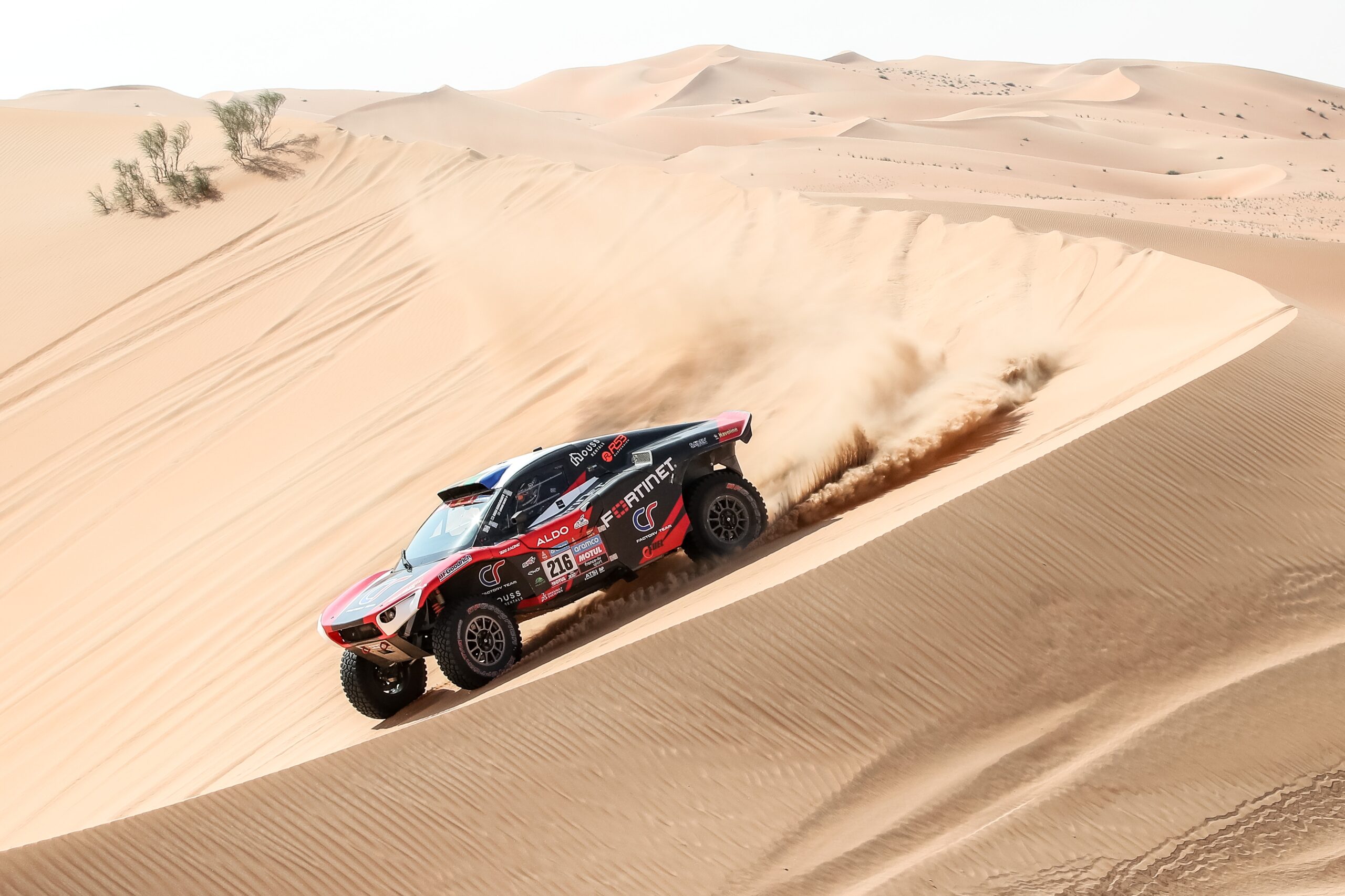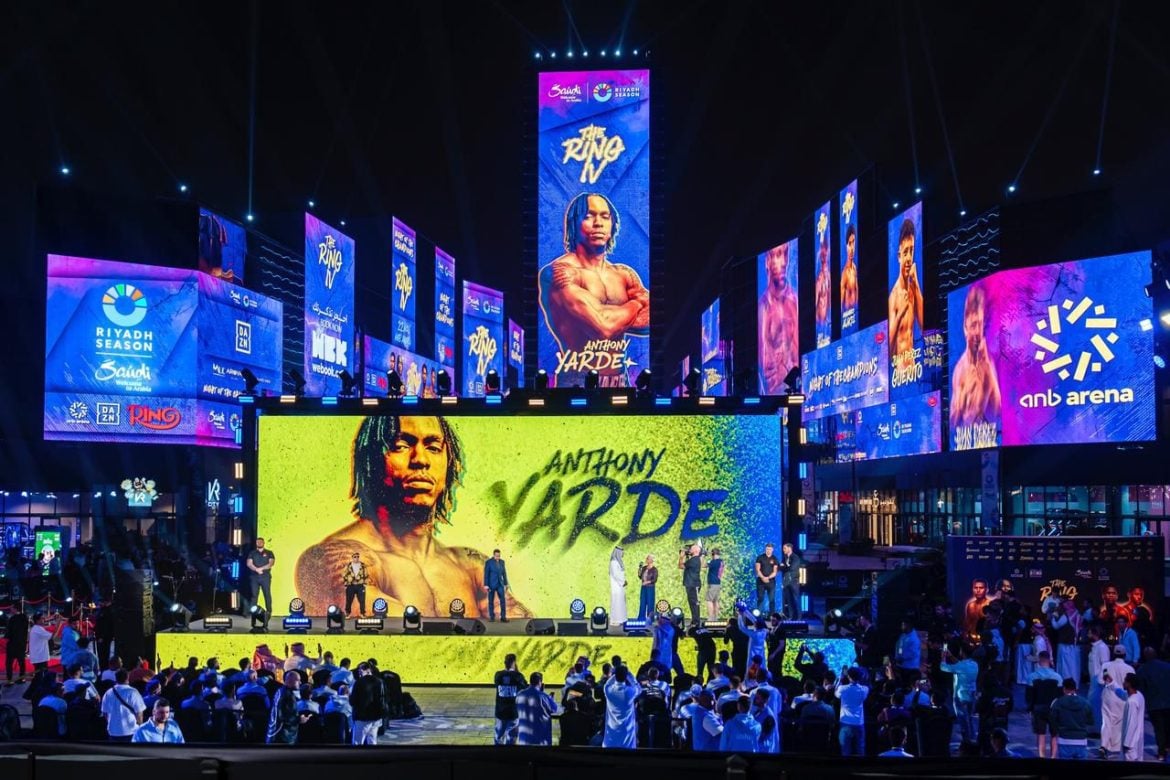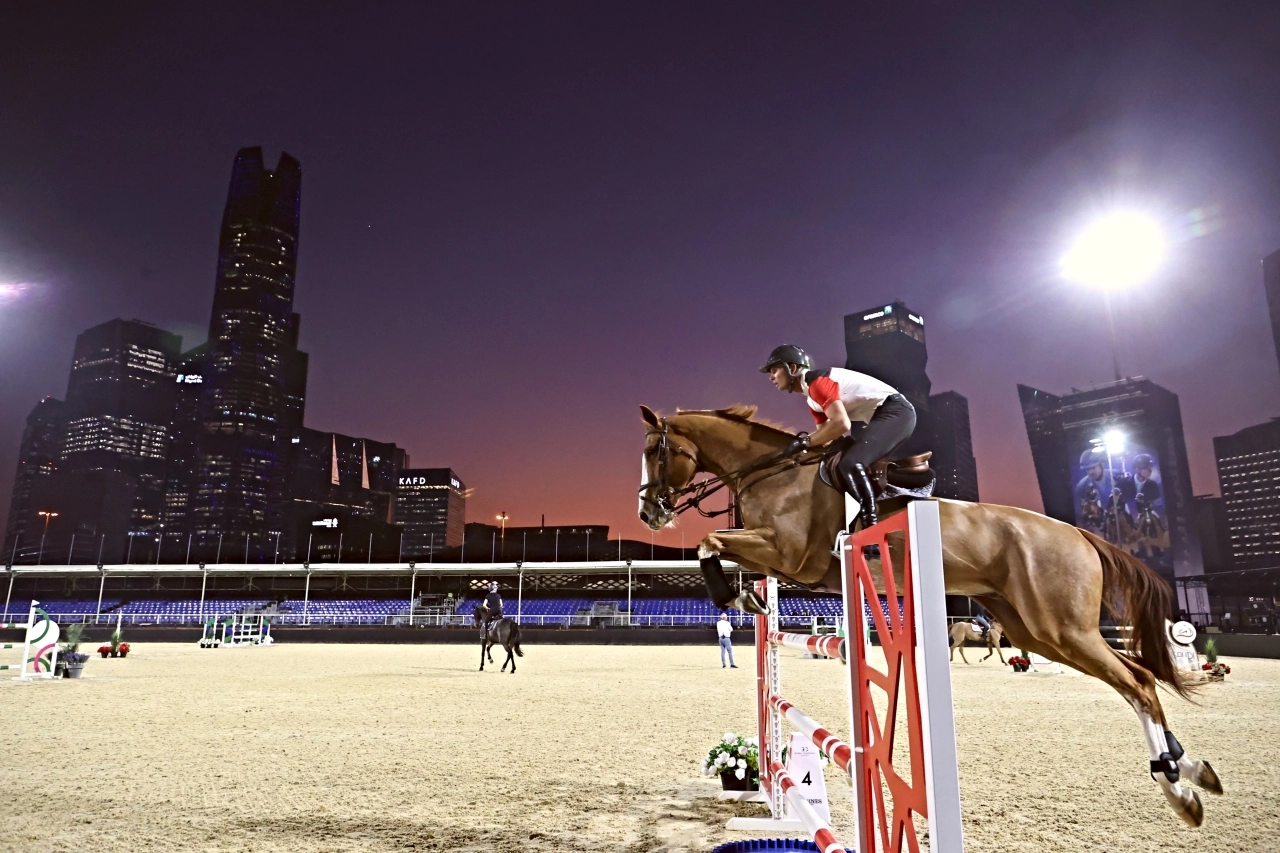Racing into the Heart of Saudi Arabia: The Dakar Rally 2025
It’s time for racers from around the world to start their engines and prepare to face some of the most challenging racing terrain there is. The 47th edition of the world-famous Dakar Rally returns to Saudi Arabia for the sixth time on 3 January 2025.
For the racers, it’s a chance to prove themselves against each other and nature over two epic weeks and multiple stages. For spectators, it’s a chance to see incredible feats of human daring and skill in the spectacular landscapes of the Kingdom. So, whether it’s from the driving seat or from the comfort of your home, get ready to see a race from ancient ruins, across mountains, lava fields, and oases, and on to a dramatic conclusion amid the towering dunes and shifting sands of the legendary Rub Al-Khali – the Empty Quarter.
To get you into gear, we’ve put together this FAQ on the rally so you’ve got all you need to know about what it entails, how to watch and – should you have the skill, and determination – how to enter.
What is the Dakar Rally?
Formerly known as the Paris-Dakar Rally, what is now simply ‘the Dakar Rally’ is a truly off-road ‘rally raid’ endurance race covering several thousand kilometers/miles. The course originally took drivers from Paris, France, through Algeria and on to Dakar, Senegal. The Dakar was reborn as a South American event from 2009 to 2019 before the baton was passed to Saudi Arabia in 2020. The name still nods to its roots, even though it now takes place thousands of miles away in The Kingdom of Offroad!
What vehicles do the drivers use?
The Dakar Rally takes in some of the most challenging racing terrain in the world, including camel grass, mud, vast windswept desert plains (known as erg), dunes, rocks and even old lava flows. As a result, the vehicles are all dedicated off-roaders – not the converted road cars you typically see in traditional rally events. The race features five vehicle categories: motorbikes, quad-bikes, lightweight vehicles (think souped-up dune buggies), cars, and trucks. There are some sub-categories for engine size, degree of modification, and driver experience level.
Who can participate?
Part of the spirit of Dakar is that newcomers can race against legends – maybe even beat them! The Dakar prides itself on being open to anyone over 18 years old with an International FIA/FIM Cross-Country rally license, or a national licence of regularity for the Dakar Classic, and at least some racing experience. It’s a truly universal event.
Where will they go?
The exact course of the Dakar is kept secret until the start to add to the challenge – but we do know that this year the course will cover nine of the Kingdom’s 13 provinces over 14 days in 12 stages. Some of these stages will feature slightly different routes for bikes, cars and trucks – keeping things safe while also adding to the challenge.
Whatever the category, competitors will start from the historic town of Bisha in the Kingdom’s southern Asir province, a fertile agricultural landscape, rich with palms and fruit trees, and then head north through the forest scenery of Al-Bahah in the Sarawat Mountains.
From there onwards, the going gets tougher as they navigate the unforgiving Harrat (lava flows) of Madinah, passing the iconic White and Black Mountains, and up further still along the line of the Asir mountains that separate the Red Sea coast from the Saudi interior.
The rally next passes through AlUla – racers weaving across sand between towering sandstone monoliths – before turning east, staying in the mountains of Tabuk and Ha’il to pass sites of historic interest and vibrant modern cultures. From this most northern point, the Dakar drops into the geographic heart of Saudi Arabia, Al Qassim, passing millions of date palms and deserts still roamed by native Bedouins.
As the race approaches its most challenging phases, the race crosses Riyadh Province as it heads to its grand conclusion at the outer edges of the Eastern Province, the Kingdom’s largest and most culturally diverse region. The competitors will reach the climax of the event at the towering, shifting dunes of the Empty Quarter – think Dune, but without the sand worms – with the thrill of a mass start for the final leg of this incredible feat of endurance.
Where can I watch it?
The Dakar is a premier motorsports event and carried by sports and entertainment channels, including multiple streaming services, around the world. You can find the list of official broadcasters on the rally’s website, and also follow the event’s official TikTok, Twitter, and Instagram pages for news and clips. Of course, competitors themselves also upload content, so check out some of those #hashtags and see who’s competing and posting to give them a follow, too.
This doesn’t sound very sustainable or responsible to me?
You might be surprised. Overcoming challenges is part of the spirit of Dakar, as is enjoying the natural scenery that’s part of the race (and in which competitors have to bivouac too!). Since 1985, the rally has supported access to clean water and the fight against poverty along its routes in Africa and South America. More recently, the Dakar Future and Mission 1000 initiatives are pioneering new low emission fuels (including hydrogen and biofuels), as well as fully and hybrid electric vehicles. The Dakar rally itself is an unparalleled testing ground for all these new technologies, so as well as supporting innovation and investment, it’s also an opportunity for manufacturers to put their inventions through some of the harshest testing possible.
And, more immediately, the rally takes great care to recycle tires and other consumables, use biofuels and other low-emissions tech in its travelling camp, and work with trusted stakeholders to offset emissions. In addition, the race’s spirit of philanthropy endures through partnerships with local charities dedicated to helping young Saudis with physical and mental disabilities, as well as collecting and distributing clothes and uneaten food for those in need.




